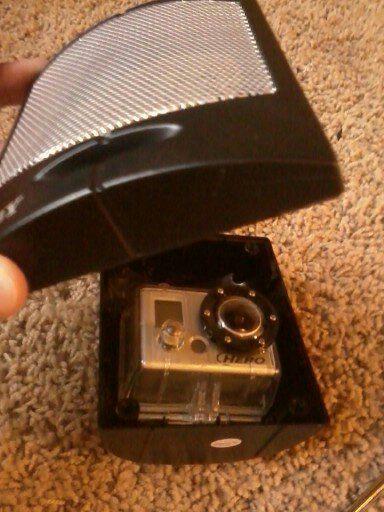
In an age where security and privacy have become paramount concerns for many individuals, the use of hidden cameras in various settings has garnered significant attention. Whether for monitoring a child’s safety, keeping an eye on pets, or enhancing home security, the application of these discreet devices has evolved, offering innovative solutions for everyday needs. This article explores a range of room hidden camera ideas, highlighting their potential uses, benefits, and considerations for effective integration into your living space. By understanding the various options available, you can make informed decisions regarding their placement and functionality, ensuring that you achieve the desired level of surveillance while respecting the privacy of those around you.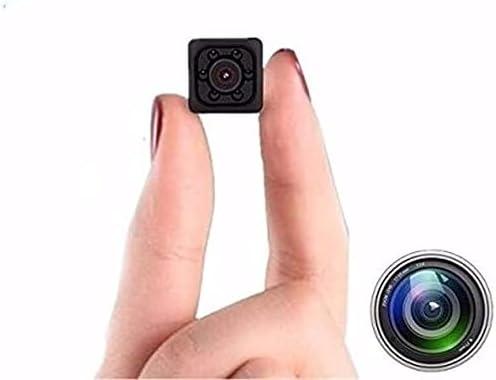
Understanding the Purpose of Hidden Cameras in Rooms
Hidden cameras can serve various purposes in a room, primarily focusing on security and monitoring. Whether for residential or commercial use, these devices can provide peace of mind by ensuring that any suspicious activity is documented. Homeowners may choose to install hidden cameras to keep an eye on their property while they are away, deterring potential intruders or monitoring caretakers. In businesses, these cameras can help protect valuable assets, monitor employee conduct, and enhance overall safety for both staff and customers.
In addition to safety, hidden cameras can play a role in enhancing accountability. For instance, they can be used in training environments to evaluate employee performance or in classrooms to help educators reflect on their teaching methods. When used ethically and legally, hidden cameras can foster a secure atmosphere in which individuals feel safe, knowing that there are mechanisms in place to protect them. Below are some typical applications of hidden cameras:
- In the Home: Monitor child care or elderly assistance.
- In the Office: Track employee productivity and conduct.
- On Retail Floors: Deter theft and monitor customer service.
- In Schools: Ensure student safety and improve staff accountability.
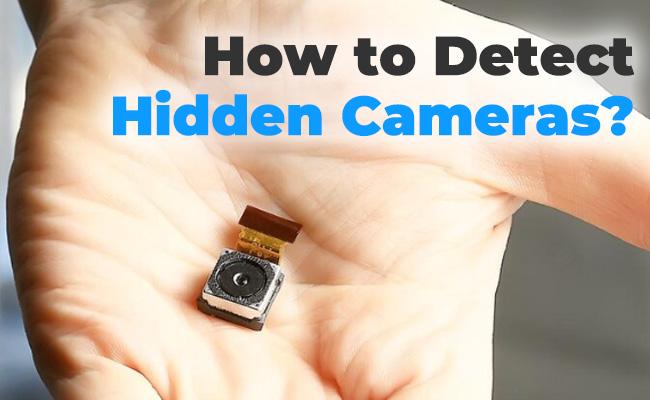
Types of Hidden Cameras Suitable for Various Settings
When considering hidden cameras for various environments, it’s essential to choose models that blend seamlessly with their surroundings while providing the necessary surveillance functionality. Wall clocks, for instance, are a popular choice because they look completely innocuous, allowing for unobtrusive monitoring of a room. Similarly, picture frames can serve dual purposes; they display art or family photos while discreetly capturing footage. Other options include motion detector lights and fake plants which can be placed strategically to cover blind spots without drawing attention.
For more specialized settings, certain hidden cameras are tailored to fit specific needs. In a home office, a USB charger with hidden camera technology is effective; it appears as a regular gadget while surveying activities. Conversely, in retail spaces, shelf cameras disguised as store displays can provide valuable insights into customer behavior. Below is a brief comparison of common hidden camera types to illustrate their features:
| Camera Type | Best For | Special Features |
|---|---|---|
| Wall Clock | Living Rooms | Time display, motion detection |
| Picture Frame | Offices | Decorative appeal, video recording |
| USB Charger | Home Offices | Charging capability, continuous monitoring |
| Shelf Camera | Retail Spaces | Disguised as products, analytics |
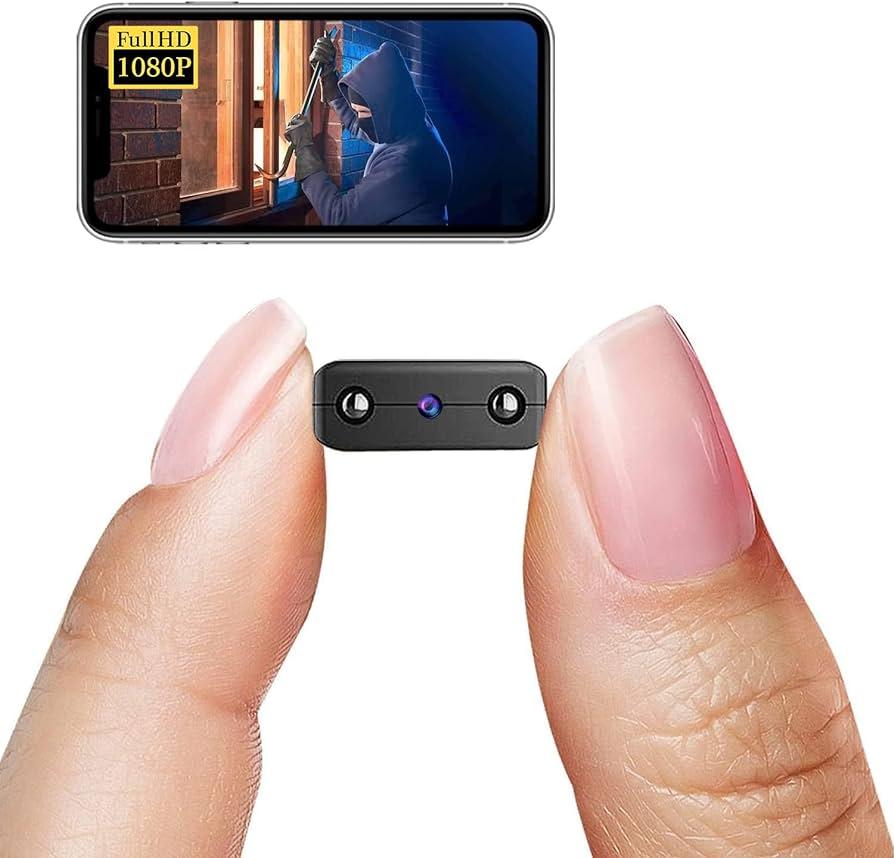
Strategic Placement of Hidden Cameras for Maximum Effectiveness
To ensure the effectiveness of hidden cameras, consider their strategic placement within a room. Start by identifying vantage points that allow for unobstructed views of the area you want to monitor. Common locations include:
- Above doorways, where they can capture both entry and exit movements.
- In decorative objects like vases or photo frames that blend seamlessly with the room’s decor.
- Behind mirrors or within ceiling fixtures, providing a discreet view without drawing attention.
Another essential factor is the lighting conditions of the space. Cameras perform better in well-lit areas; therefore, placing them near natural light sources or lamps can enhance visibility. To illustrate optimal placements based on room type, consider the following table:
| Room Type | Strategic Placement | Considerations |
|---|---|---|
| Living Room | Behind wall art or above the fireplace | Ensure it’s out of reach but within view of main seating areas |
| Kitchen | Underneath cabinets or inside appliances | Focus on dining areas and entry points |
| Office | On bookshelves or desk items | Monitor workspaces while maintaining professionalism |
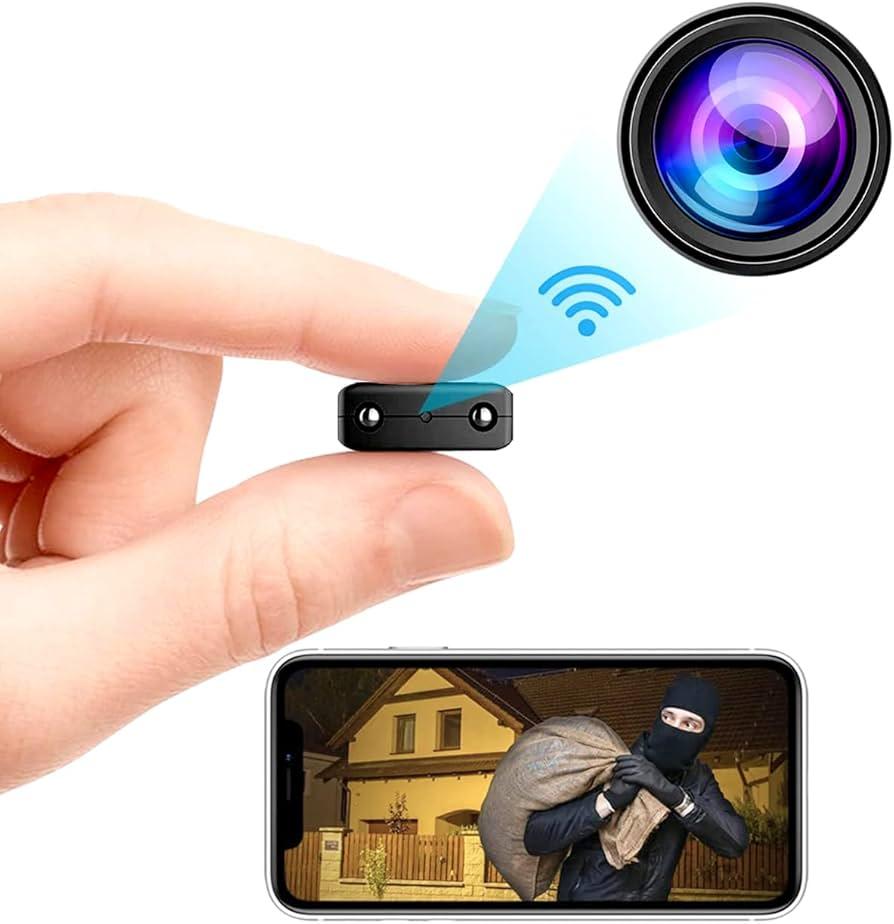
Legal and Ethical Considerations for Using Hidden Cameras
When considering the use of hidden cameras, it is crucial to navigate the complex landscape of legal and ethical implications. Depending on your location, laws vary significantly regarding surveillance and privacy. Before installation, it’s essential to be aware of relevant legislation that governs hidden camera usage, such as:
- Consent Laws: In many jurisdictions, all parties being recorded must provide consent.
- Expectations of Privacy: Areas deemed private, such as bathrooms or bedrooms, may have stricter regulations.
- Purpose of Surveillance: Legitimate purposes such as security may be more justifiable in legal terms.
Ethical considerations also play a vital role. Beyond legality, the moral implications of surveillance can profoundly affect relationships and trust, especially in personal environments. Assess whether the benefits outweigh the potential breach of trust, and consider the following ethical questions:
- Transparency: Are you being transparent with those who may be recorded?
- Impact on Relationships: Will surveillance damage interpersonal dynamics?
- Sensitivity of Information: How secure will the recorded footage be, and what could happen if it falls into the wrong hands?
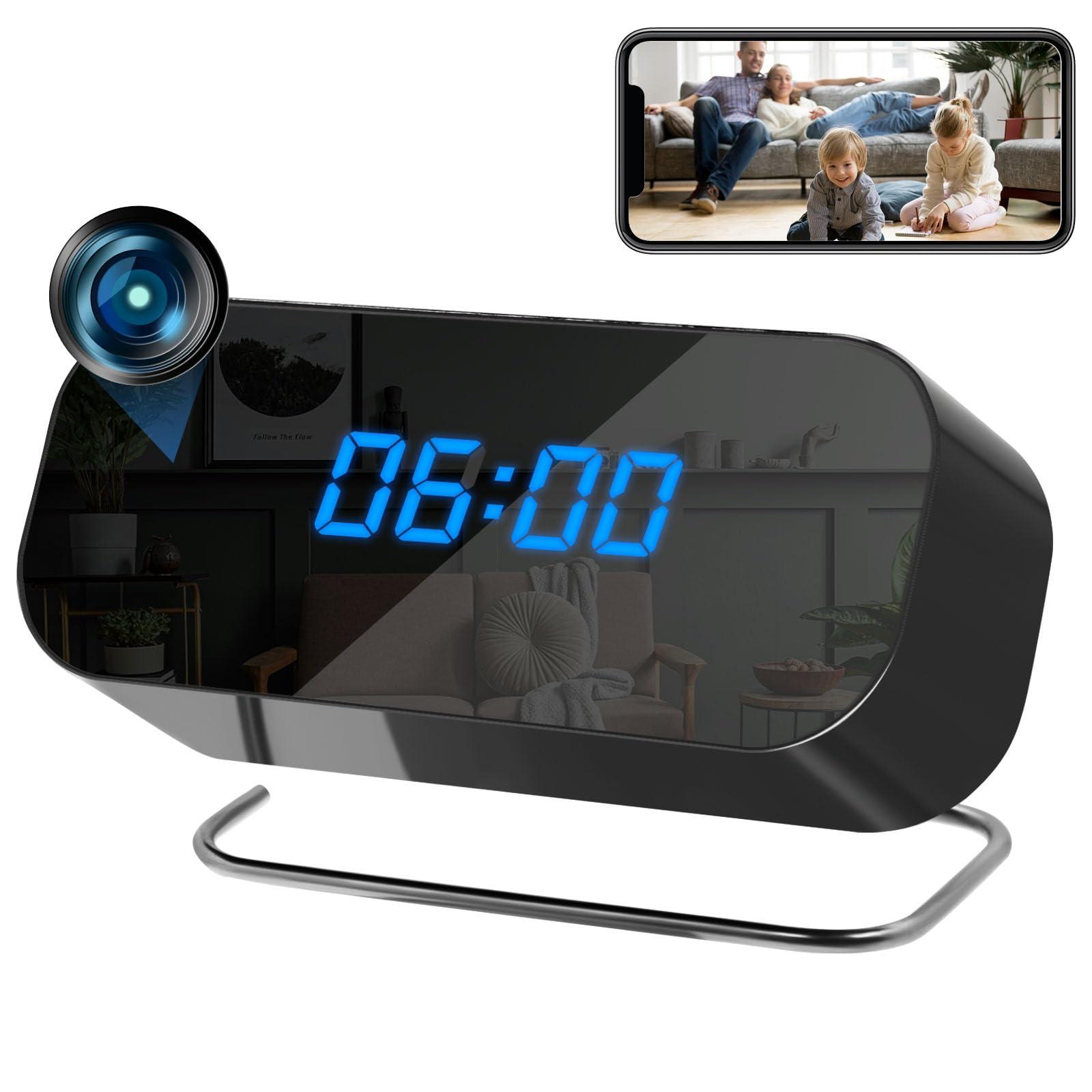
Tips for Maintaining Security and Privacy with Hidden Camera Use
When integrating hidden cameras into your space, prioritizing security and privacy is essential. Start by ensuring that all devices are securely mounted and protected with robust passwords. Use encryption for any video feeds or recordings, which adds an extra layer of safety against unauthorized access. Regularly update your camera’s firmware to patch any vulnerabilities and consider using a separate network for your security devices to further shield them from potential intrusions. Additionally, reporting any suspicious activity to local authorities can enhance your peace of mind when using hidden cameras.
Being mindful of where you place your hidden cameras is crucial for respecting the privacy of individuals. Avoid areas where personal conversations occur, such as bedrooms or bathrooms, to minimize ethical concerns. Instead, consider public areas within your home, like living rooms or entryways. If necessary, use signage to inform guests of surveillance, striking a balance between security and privacy. Below is a simple guide highlighting suitable room ideas and their respective use cases:
| Room | Camera Use Case |
|---|---|
| Living Room | Monitor activities for security while entertaining guests. |
| Entryway | Capture foot traffic and deter unwanted visitors. |
| Office | Ensure safety of sensitive materials and monitor remote work. |
| Garage | Protect valuable tools and vehicles from theft. |
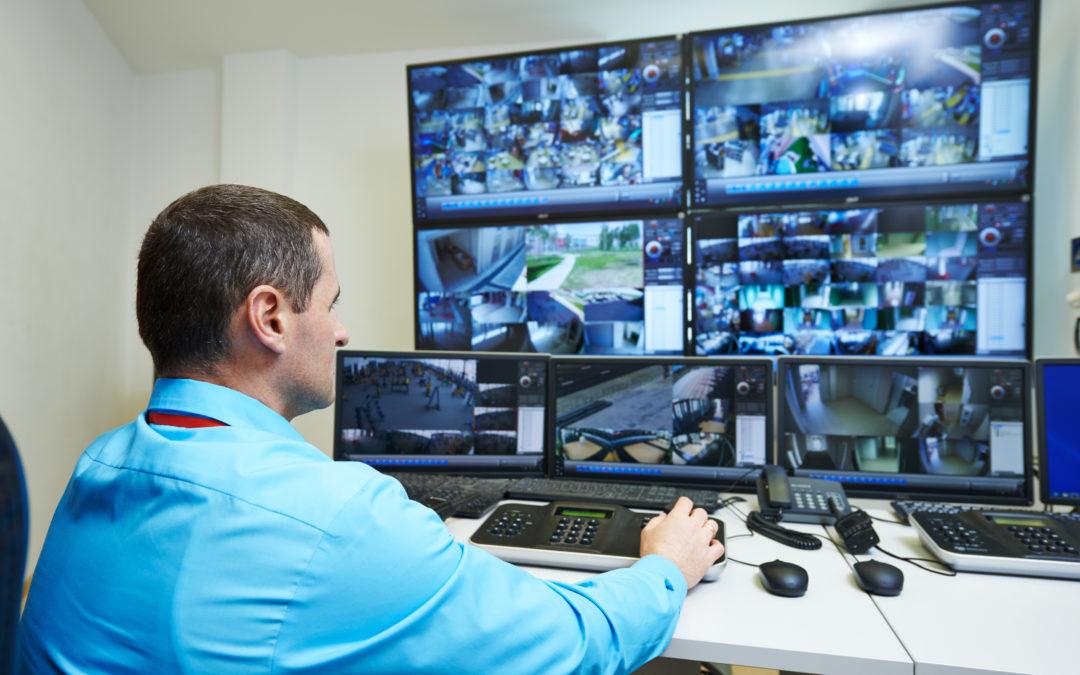
Selecting the Right Technology for Room Surveillance Needs
When it comes to choosing the right technology for monitoring a room, several factors come into play. First and foremost, you should consider the resolution of the camera. High-definition cameras provide a clearer picture, which is essential for identifying people and details in the footage. Additionally, night vision capability is crucial if you anticipate monitoring areas with low lighting. Other technological features to evaluate include motion detection alert systems, which can notify you of activity in real-time, and remote access capabilities that allow you to view the feed from your smartphone or computer.
Equally important is the form factor of the camera. Depending on the room’s aesthetics and surveillance goals, you might opt for various hidden camera designs, including:
- Smoke Detector Cameras – Blend seamlessly into the decor.
- Clock Cameras – Functioning as both a timepiece and a surveillance device.
- USB Charger Cameras – Disguised as a charging station, providing both power and monitoring.
- Picture Frame Cameras – Offer a homey feel while discreetly recording.
It’s also vital to assess the camera’s storage options. Options could include local storage on SD cards or cloud-based solutions, depending on your preference for accessibility and security. Below is a comparison of these options:
| Storage Type | Pros | Cons |
|---|---|---|
| Local Storage (SD Card) | Higher security, no subscription fees. | Risk of physical damage or theft. |
| Cloud Storage | Remote access, backup available. | Ongoing costs, potential data breaches. |
Q&A
Q&A: Room Hidden Camera Ideas
Q1: What is the purpose of using hidden cameras in a room?
A1: Hidden cameras are often used for various reasons, including security surveillance, monitoring the safety of children or pets, or for investigative purposes. Some people also use them to capture events in a discreet manner, such as monitoring employee activities in a workplace.
Q2: What are some popular locations for placing hidden cameras in a room?
A2: Common locations for hidden cameras include:
- In everyday objects like smoke detectors, picture frames, or alarm clocks.
- Beneath furniture, such as tables or sofas, where they can be less noticeable.
- On shelves or inside books, where they can blend in with the decor.
- In wall outlets or behind curtains to keep them camouflaged.
Q3: How do I choose the right type of hidden camera for my needs?
A3: When selecting a hidden camera, consider factors such as resolution (HD or standard), battery life, recording capacity, and connectivity options (Wi-Fi or wired). Additionally, consider the specific location and desired level of concealment, as some cameras are designed to be more discreet than others.
Q4: Are there legal considerations to keep in mind when using hidden cameras?
A4: Yes, it’s important to be aware of the laws regarding surveillance in your area. Laws vary by country and region, and may dictate where and how cameras can be placed. Generally, it’s illegal to record audio without consent, and there may be restrictions on monitoring areas where individuals have a reasonable expectation of privacy, such as bathrooms or changing rooms.
Q5: What features should I look for in a hidden camera?
A5: Key features to look for in hidden cameras include:
- Motion detection to save storage space and power.
- Night vision for capturing footage in low-light conditions.
- Remote access capabilities for real-time viewing through smartphone apps or web platforms.
- Cloud storage options for easy access and backup of recordings.
Q6: How can I ensure the hidden camera is not discovered?
A6: To ensure a hidden camera remains discreet, use items that naturally blend into the environment. Secure the camera in areas that are not frequently disturbed. Additionally, regularly check the camera’s battery and recording status to avoid issues that could raise suspicion.
Q7: Can hidden cameras be used ethically?
A7: Yes, hidden cameras can be used ethically when they are employed for legitimate purposes, such as ensuring the safety and security of individuals, property, or assets. Keeping transparency with individuals involved, whenever possible, is part of ethical usage.
Q8: What are some advanced hidden camera technologies available?
A8: Advanced technologies include:
- Smart cameras that use artificial intelligence to recognize faces or detect unusual activities.
- 4K resolution cameras for enhanced clarity and detail.
- Wireless cameras that can be controlled via smartphone, providing convenience in monitoring.
- Solutions that integrate with home automation systems for added functionality.
Q9: What should I do if I suspect unauthorized hidden cameras are in my space?
A9: If you suspect hidden cameras without consent, you should first conduct a thorough search of your environment. Look for unusual objects or items with wires. If you find anything suspicious, contact local law enforcement or a professional surveillance specialist for assistance. It’s crucial to prioritize your safety and privacy in such situations.
Future Outlook
incorporating hidden cameras into your living space can serve various purposes, from enhancing home security to monitoring pets or children. Whether you choose decorative options like picture frames or more functional designs, it’s essential to consider both the effectiveness and ethical implications of your choice. Always be mindful of privacy laws and the comfort of those you live with when implementing these devices. By carefully selecting the right hidden camera for your needs, you can gain peace of mind while maintaining a harmonious home environment. As technology continues to evolve, staying informed about the latest trends and innovations in hidden camera design will further empower you to make the best choices for your unique situation.





